Related Research Articles

Sir Ernest Henry Shackleton was an Anglo-Irish Antarctic explorer who led three British expeditions to the Antarctic. He was one of the principal figures of the period known as the Heroic Age of Antarctic Exploration.
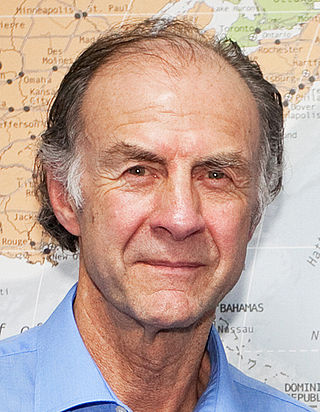
Sir Ranulph Twisleton-Wykeham-Fiennes, 3rd Baronet, commonly known as Sir Ranulph Fiennes and sometimes as Ran Fiennes, is a British explorer, writer and poet, who holds several endurance records.
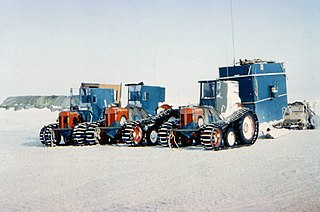
The Commonwealth Trans-Antarctic Expedition (CTAE) of 1955–1958 was a Commonwealth-sponsored expedition that successfully completed the first overland crossing of Antarctica, via the South Pole. It was the first expedition to reach the South Pole overland for 46 years, preceded only by Amundsen's expedition and Scott's expedition in 1911 and 1912.

Marathon des Sables, or MdS, is a seven-day, about 250 km (160 mi) ultramarathon, which is approximately the distance of six regular marathons. The longest single stage (2009) was 91 km (57 mi) long.
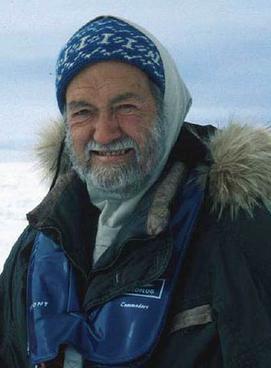
Sir Walter William Herbert was a British polar explorer, writer and artist. In 1969 he became the first man fully recognized for walking to the North Pole, on the 60th anniversary of Robert Peary's disputed expedition. He was described by Sir Ranulph Fiennes as "the greatest polar explorer of our time".

The DiscoveryExpedition of 1901–1904, known officially as the British National Antarctic Expedition, was the first official British exploration of the Antarctic regions since the voyage of James Clark Ross sixty years earlier (1839–1843). Organized on a large scale under a joint committee of the Royal Society and the Royal Geographical Society (RGS), the new expedition carried out scientific research and geographical exploration in what was then largely an untouched continent. It launched the Antarctic careers of many who would become leading figures in the Heroic Age of Antarctic Exploration, including Robert Falcon Scott who led the expedition, Ernest Shackleton, Edward Wilson, Frank Wild, Tom Crean and William Lashly.
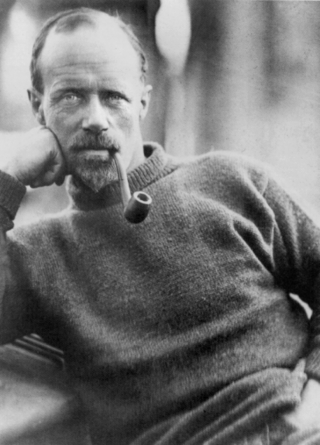
John Robert Francis Wild was an English sailor and explorer. He participated in five expeditions to Antarctica during the Heroic Age of Antarctic Exploration, for which he was awarded the Polar Medal with four bars, one of only two men to be so honoured, the other being Ernest Joyce.

The Heroic Age of Antarctic Exploration was an era in the exploration of the continent of Antarctica which began at the end of the 19th century, and ended after the First World War; the Shackleton–Rowett Expedition of 1921–1922 is often cited by historians as the dividing line between the "Heroic" and "Mechanical" ages.
The Transglobe Expedition (1979–1982) was the first expedition to make a longitudinal (north–south) circumnavigation of the Earth using only surface transport. British adventurer Sir Ranulph Fiennes led a team, including Oliver Shepard and Charles R. Burton, that attempted to follow the Greenwich meridian over both land and water. They began in Greenwich in the United Kingdom in September 1979 and travelled south, arriving at the South Pole on 15 December 1980. Over the next 14 months, they travelled north, reaching the North Pole on 11 April 1982. Travelling south once more, they arrived again in Greenwich on 29 August 1982. It required traversing both of the poles and the use of boats in some places. Oliver Shepard took part in the Antarctic leg of the expedition. Ginny Fiennes handled all communications between the land team and their support, and ran the polar bases.
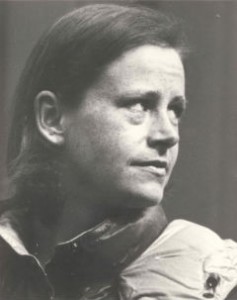
Virginia Frances, Lady Twisleton-Wykeham-Fiennes, known as Ginny Fiennes, was an English explorer. She was the first woman to be awarded the Polar Medal, and the first woman to be voted in to join the Antarctic Club in recognition of her research work for the British Antarctic Survey and University of Sheffield into very low frequency radio propagation. Her husband was adventurer Ranulph Fiennes.
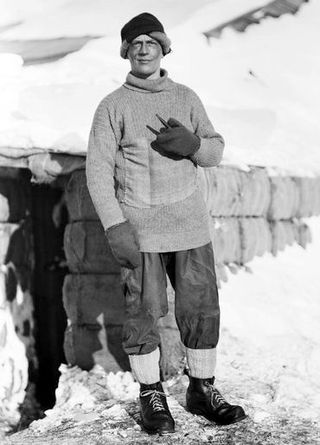
Edward Leicester Atkinson, was a Royal Navy surgeon and Antarctic explorer who was a member of the scientific staff of Captain Scott's Terra Nova Expedition, 1910–13. He was in command of the expedition's base at Cape Evans for much of 1912, and led the party which found the tent containing the bodies of Scott, "Birdie" Bowers and Edward Wilson. Atkinson was subsequently associated with two controversies: that relating to Scott's orders concerning the use of dogs, and that relating to the possible incidence of scurvy in the polar party. He is commemorated by the Atkinson Cliffs on the northern coast of Victoria Land, Antarctica, at 71°18′S168°55′E.
Oliver Shepard is a British explorer. He participated in the Transglobe Expedition, the first expedition to circumnavigate the globe from pole to pole.

The South Pole, also known as the Geographic South Pole or Terrestrial South Pole, is the southernmost point on Earth and lies antipodally on the opposite side of Earth from the North Pole, at a distance of 20,004 km in all directions. It is one of the two points where Earth's axis of rotation intersects its surface.
Rebecca Stephens is a British author and journalist, known for being the first British woman to climb the Seven Summits, and the first British woman to reach the summit of Mount Everest.

Maria Leijerstam is a British polar adventurer. In 2013 she became the first person to cycle to the South Pole from the edge of the continent. Leijerstam started her expedition on the Ross Ice Shelf at the edge of the Antarctic continent, and cycled for 10 to 17 hours each day with no rest days, and the total distance cycled was 638 km (396 mi). Leijerstam's cycle was a three wheeled design, and she reached the pole faster than any previous skiing expedition.

This is a Timeline ofwomen in Antarctica. This article describes many of the firsts and accomplishments that women from various countries have accomplished in different fields of endeavor on the continent of Antarctica.
Luke Robertson is a British and Scottish explorer, adventurer, endurance athlete and motivational speaker.
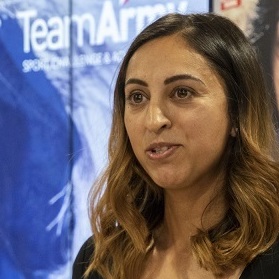
Harpreet Kaur "Preet" Chandi is a British physiotherapist and British Army medical officer who completed a solo expedition across Antarctica to the South Pole, finishing on 3 January 2022. In January 2023, she recorded the longest ever solo and unsupported polar expedition.
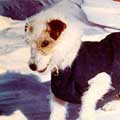
Bothie, also known as Bothie the Polar Dog, was a long-haired Jack Russell Terrier who was the only dog to travel to both the South and North Poles. Bothie was owned by Ranulph Fiennes and Ginny Fiennes and accompanied the team on the circumpolar Transglobe Expedition from 1979 to 1982.
References
- 1 2 3 Debrett's People of Today 2005 (18 ed.). Debrett's. p. 1574. ISBN 1-870520-10-6.
- 1 2 "No. 53332". The London Gazette (Supplement). 11 June 1993. pp. 10–13.
- ↑ Mike Stroud (2004). Survival of the Fittest. Random House (Yellow Jersey Press). ISBN 978-0224075077.
- ↑ Halsey, Lewis G.; Stroud, Mike A. (April 2012). "100 Years Since Scott Reached the Pole: A Century of Learning About the Physiological Demands of Antarctica". Physiological Reviews. 92 (2): 521–536. doi:10.1152/physrev.00031.2011. ISSN 0031-9333.
- ↑ "They've made it! Seven marathons in seven continents in seven days to help fight heart disease". British Heart Foundation.
- ↑ "Fiennes relishes marathon feat". BBC News. 3 November 2003.
- ↑ www.HOWaboutAlderney.wordpress.com
- ↑ www.facebook.com/howaboutalderney
- ↑ "No. 53882". The London Gazette (Supplement). 19 December 1994. p. 17745.
- ↑ "Dr Mike Stroud - World Authority in Human Endurance and Nutrition" . Retrieved 17 July 2012.